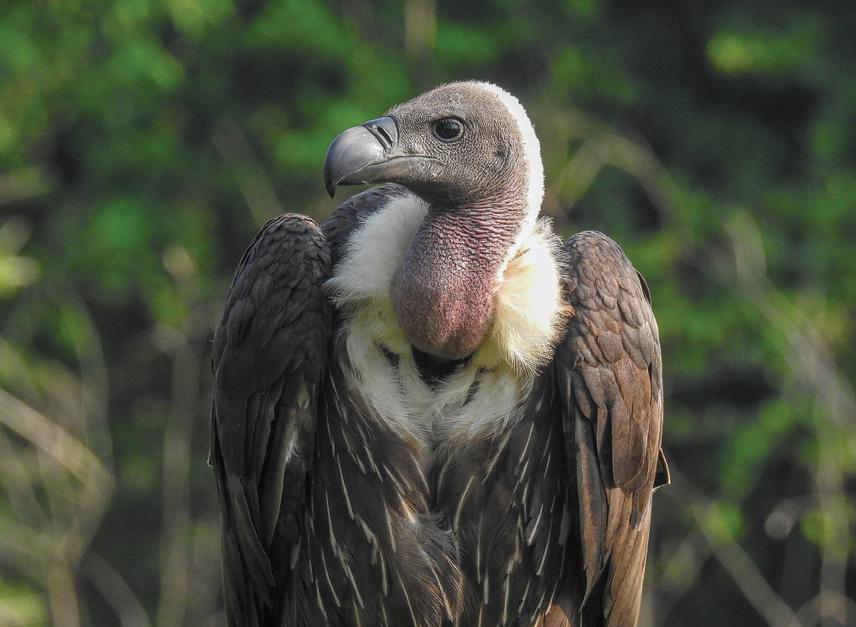Bikash Ghimire
The study area covers northern side of Rampur municipality from ward number 1-15 of Palpa district, Nepal.

Rampur Valley lies in the transition zone between plains and Himalayas which harbours rich diversity of avifauna and hence the valley is one of the 27 important bird areas of Nepal. Being the potential preferred habitat by large birds of prey like vultures, the area is not included in any protected areas of Nepal yet.
The collapse in numbers of three resident species of Gyps vulture in South Asia has become one of the most urgent issues in bird conservation with three (White-Rumped, Slender-billed and Red-headed vultures) of the nine vulture species recorded in Nepal now listed as ‘Critically Endangered’. Work in Pakistan has shown that diclofenac, a widely used painkiller and anti-inflammatory drug administered to livestock and humans can cause mortality in vultures but, so far there has been no attempt to quantify the extent of its use or the levels to which vultures are exposed.
All the 3 critically endangered vultures; i.e., Gyps bengalensis (CR A2bce+4bce ver 3.1); Sarcogyps calvus (CR A2abce+3bce+4abce ver 3.1) and Gyps tenuirostris (CR A2ce+4ce ver 3.1) are found in the study area and the population is in decreasing trend. Few populations of Neophron percnopterus (Endangered A2bcde+3bcde+4bcde ver 3.1) has also been reported from the study area. Far less information is available on the population trends of vultures in Nepal. Conservation through participation of local communities is possible only through awareness programs and trainings.
All the roosting and nesting sites will be monitored early in the morning (0630-0930 hours) and late in the evening (1730-1930 hours). All the birds seen on nests and perched on roosts during the specified times will be recorded with the help of spotting scope and binoculars and the location will be recorded using GPS. Jacknife Technique will be followed to estimate a population size. The method uses the difference between the highest count Nmax and the second highest count Nmax-l to calculate N, the estimated total number; N = 2 Nmax - Nmax-l . Nest observations will be made from the ground using spotting scope, and an assessment of nest status will be recorded. Regular monitoring of nests will be carried out on each visit to assess the breeding success with the help of Mayfield, (1961).
A questionnaire survey of households in the vicinity of vulture colonies will be conducted. A PRA questionnaire will be developed to address the issues for the establishment of a Jatayau Restaurant (safe feeding site) in the study area. Socioeconomic status of people and their problems will also be assessed. Respondents will be asked about their methods of carcass disposal, persecution of vultures, agricultural practices and conservation attitudes. A questionnaire will also be developed for veterinary doctors, which will find out whether the alternative drug Meloxicam is effectively replacing Diclofenac.
To save species from eminent extinction it is critical to know about the present status of population, habitat condition and distribution, disturbances species are facing, food availability and conservation status. The present study will be focused on achieving species status and conservation attitudes through peoples’ participation. Disturbances to these scavengers, methods of carcass disposal and destruction to its habitat by anthropogenic activities will be assessed in this study. Positive attitude and perception will be developed in the local communities towards conservation of the species through awareness campaign and focal group discussion.